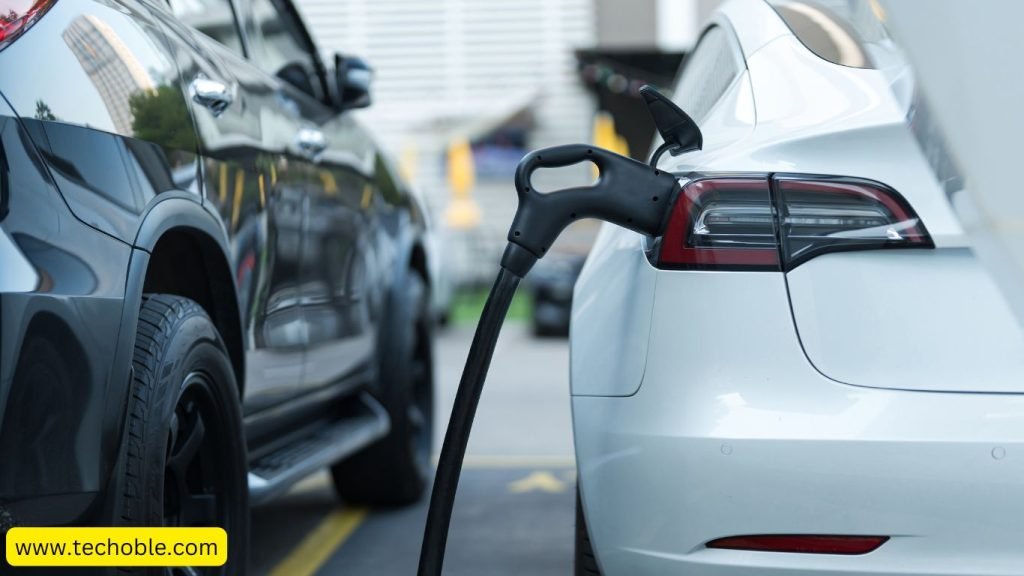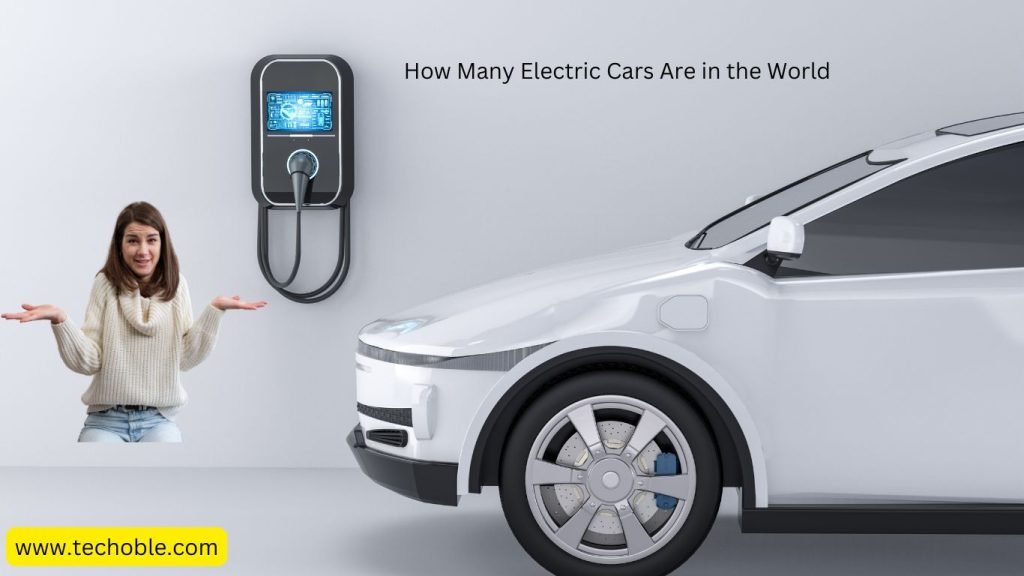 The transportation sector is transforming with the rapid adoption of electric vehicles (EVs), marking a critical step towards sustainable mobility. EVs are no longer niche products but are becoming mainstream, driven by innovation, environmental concerns, and supportive government policies. In this article, we’ll explore the electric vehicle trends in 2025, sales statistics, major players, and what lies ahead for the EV industry.
The transportation sector is transforming with the rapid adoption of electric vehicles (EVs), marking a critical step towards sustainable mobility. EVs are no longer niche products but are becoming mainstream, driven by innovation, environmental concerns, and supportive government policies. In this article, we’ll explore the electric vehicle trends in 2025, sales statistics, major players, and what lies ahead for the EV industry.
Electric Vehicle Trends 2025
 EVs have seen significant growth in recent years. In 2025, advancements in battery technology and the expansion of charging infrastructure have accelerated their adoption globally. Several trends are emerging:
EVs have seen significant growth in recent years. In 2025, advancements in battery technology and the expansion of charging infrastructure have accelerated their adoption globally. Several trends are emerging:
- More affordable EVs: New models at competitive prices, reducing entry barriers.
- Better batteries: Solid-state batteries offering longer range and faster charging.
- Increased government support: Incentives, subsidies, and mandates for zero-emission vehicles.
- Rise of smart features: EVs equipped with AI-based autopilot systems and voice assistants.
- Fleet electrification: Logistics companies switching to electric trucks and vans for sustainable delivery.
With these trends shaping the future, global EV sales in 2025 are projected to break previous records.
Global EV Sales 2025: An Overview
 As of Q1 2025, global electric vehicle sales have reached a new peak, reflecting increasing consumer interest. According to BloombergNEF, EV market share in 2025 is expected to hit 18% globally, compared to 14% in 2025.
As of Q1 2025, global electric vehicle sales have reached a new peak, reflecting increasing consumer interest. According to BloombergNEF, EV market share in 2025 is expected to hit 18% globally, compared to 14% in 2025.
Key figures include:
- 10 million EVs sold worldwide in 2023, with projections for 13 million in 2024.
- China leading in sales, followed by Europe and the United States.
- By 2030, electric vehicle forecast models predict EVs will account for 40% of global car sales.
Below is a table showcasing Global EV Sales Q1 2025:
| Region | EV Sales (Q1 2025) | Market Share |
|---|---|---|
| China | 2.2 million | 24% |
| Europe | 1.6 million | 20% |
| United States | 0.9 million | 12% |
| Rest of the World | 0.5 million | 8% |
EV Sales 2025 by Brand: Market Leaders
Automakers are heavily investing in EV technology. Some brands have dominated sales in 2025:
- Tesla: Leading the way with high sales of its Model 3 and Model Y.
- BYD: A Chinese manufacturer growing fast with affordable EVs.
- Volkswagen: Expanding its electric ID lineup across Europe.
- Ford: Gaining traction with electric trucks like the F-150 Lightning.
- Hyundai and Kia: Offering practical EVs with excellent range and design.
These brands are driving the global EV sales in 2025, with Tesla and BYD competing for the top spot in key markets.
How Many Electric Cars Are in the World in 2025?
 By 2025, the total number of electric vehicles worldwide has surpassed 30 million. Most of these vehicles are concentrated in markets like China, Europe, and the U.S. Several countries have set ambitious goals to phase out gasoline-powered cars. For example:
By 2025, the total number of electric vehicles worldwide has surpassed 30 million. Most of these vehicles are concentrated in markets like China, Europe, and the U.S. Several countries have set ambitious goals to phase out gasoline-powered cars. For example:
- Norway aims for all new cars to be electric by 2025.
- Germany plans to ban internal combustion engine (ICE) cars by 2030.
With strong government backing, the EV market is expanding rapidly, making electric vehicle sales statistics more impressive each year.
Environmental and Economic Impact of EVs in 2025
Switching to EVs offers several environmental benefits:
- Lower emissions: EVs produce zero tailpipe emissions, reducing air pollution.
- Improved air quality: Cities with high EV adoption report cleaner air.
- Reduced noise pollution: EVs are much quieter compared to gasoline vehicles.
On the economic front, electric vehicles help reduce fuel costs for consumers, especially with rising gas prices. Although battery production poses environmental challenges, advancements in recycling technologies are minimizing the impact.
Challenges Facing EV Adoption in 2025
Despite rapid growth, several challenges remain:
- Battery costs: Although declining, battery production remains expensive.
- Raw material shortages: Lithium, cobalt, and nickel shortages impact production.
- Range anxiety: While battery ranges have improved, some consumers still worry about running out of power on the road.
- Charging infrastructure gaps: In rural areas and developing countries, charging stations are still scarce.
Addressing these challenges will be crucial to sustain the current growth trajectory of electric vehicle trends in 2025.
Electric Vehicle Forecast 2030
By 2030, the electric vehicle forecast indicates a major shift in the automotive industry:
- Global EV market share is expected to reach 40% of all new vehicle sales.
- Self-driving electric cars will become more common, further reducing emissions.
- Vehicle-to-Grid (V2G) technology will allow EVs to store and supply energy back to the grid, helping to stabilize power systems.
Governments are setting stricter emission targets, and automakers are preparing to phase out gasoline cars. This transition will create new opportunities for green energy solutions.
Government Policies Supporting EVs in 2025
Governments worldwide are encouraging EV adoption through:
- Subsidies and Tax Incentives: Purchase rebates for electric vehicles.
- Low Emission Zones (LEZs): Cities limiting access for gasoline-powered cars.
- Infrastructure Grants: Investments in public charging stations.
Countries like China, Germany, and the U.S. have aggressive policies to support EV growth, ensuring that global EV sales in 2025 continue to rise.
The rise of electric vehicles in 2025 marks a pivotal moment in the transportation industry. With EV sales in 2025 by brand setting new records and governments worldwide backing the green revolution, the future of sustainable transportation looks bright. However, challenges like battery costs and charging infrastructure gaps need to be addressed for long-term success.